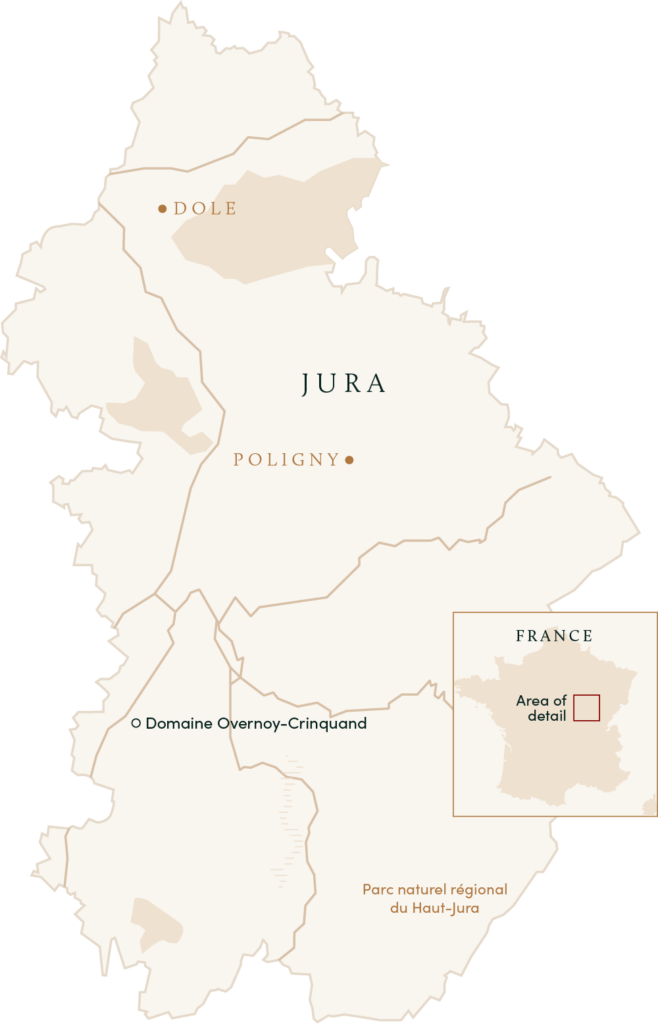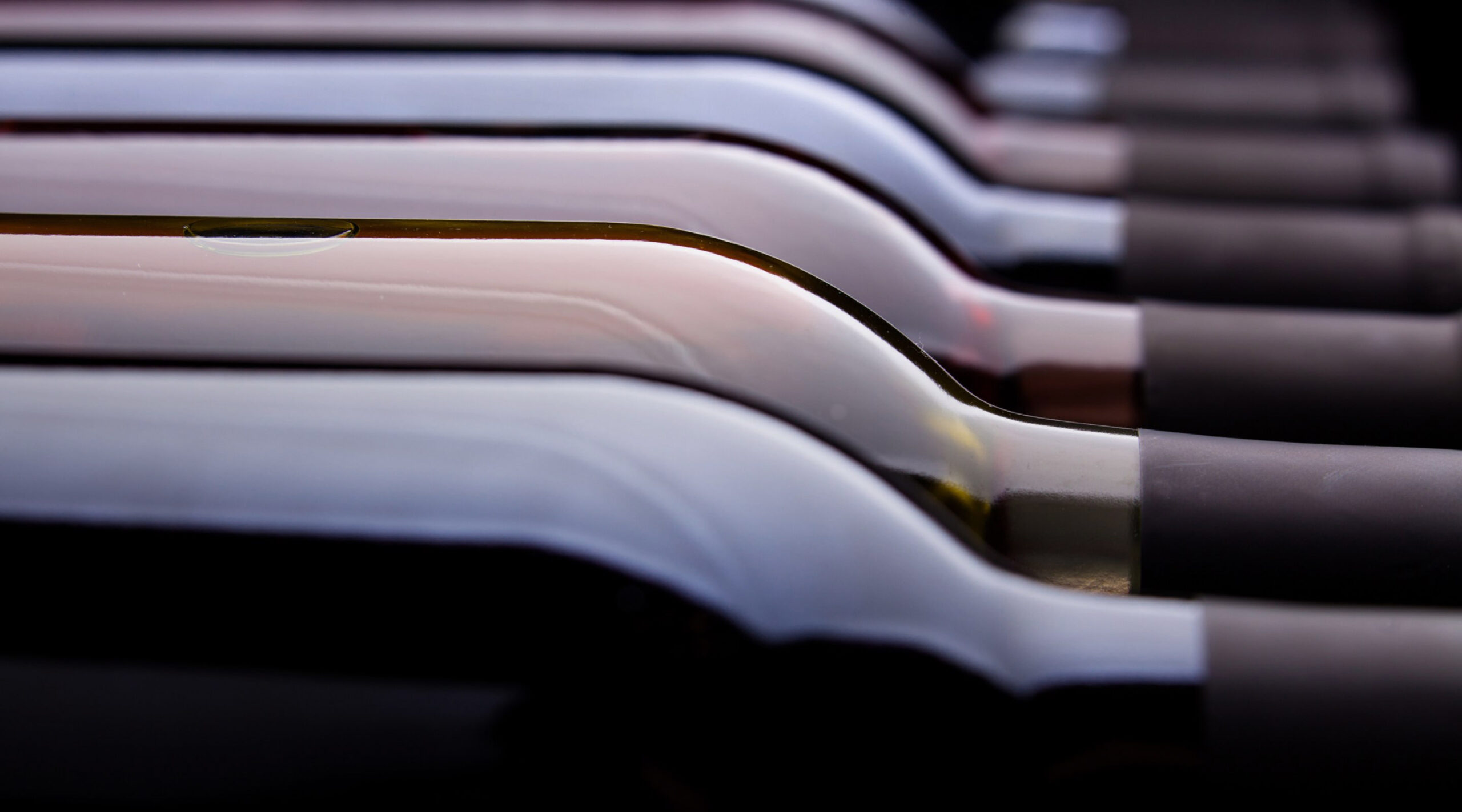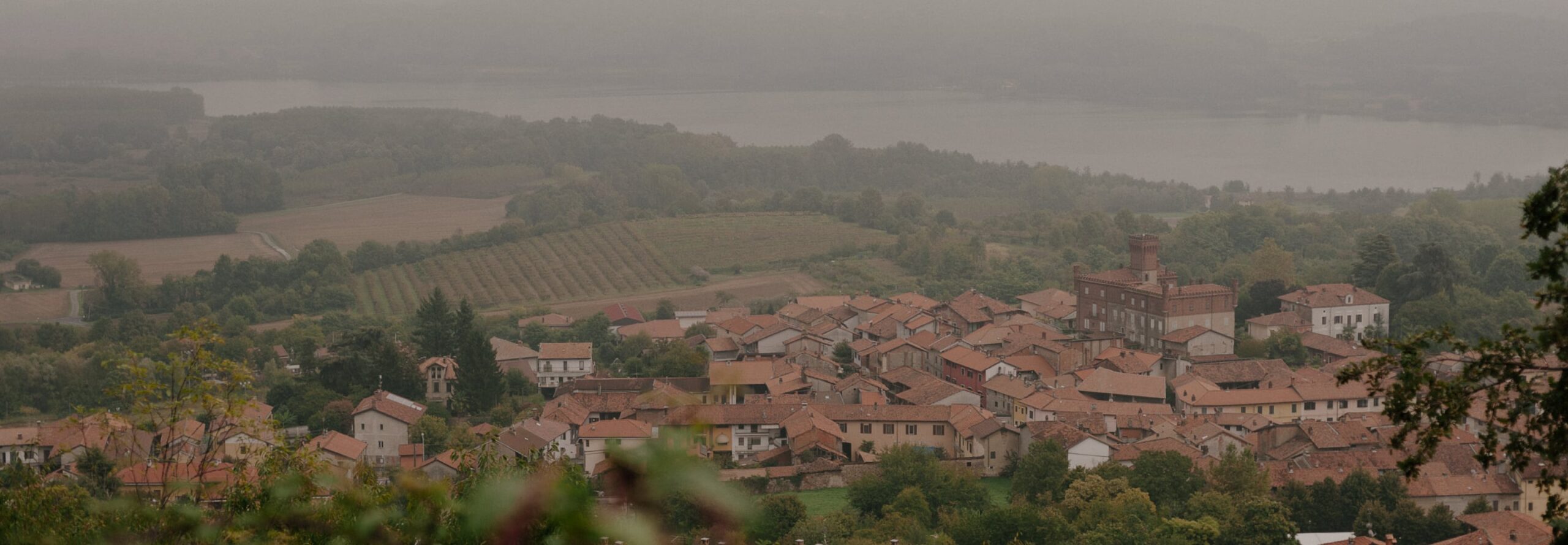This domaine, situated in the center of the village of Pupillin, in the heart of the Arbois appellation, is three generations old. Mikael Crinquand tends the viticultural side of this multi-faceted family operation. The Overnoy-Crinquand families have always managed their holdings within Pupillin in a poly-cultural, organic fashion, tending seventy cows to produce milk for the famous Comté cheese of the region, harvesting grains and cereals and producing wine from the 5.5 hectares dedicated to vineyards.
The vineyards, situated entirely within the confines of Pupillin, are on rather severe slopes within the area known as “La Bidode”. All farming aspects are handled organically and that has been the case since the establishment of the domaine many decades ago. The vineyards are planted to a mix of the classic varieties of the Jura: two hectares of Ploussard, one hectare of Trousseau, one hectare of Savagnin and one and one-half hectares of Chardonnay. All harvesting is done by hand. The vinification and elevage of the wines is profoundly traditional giving the wines the pronounced and unique expression of the terroir of the Jura. Currently, 90% of the production is sold to private clients and we consider ourselves fortunate to have access to the limited amount of wine that is made available for export.
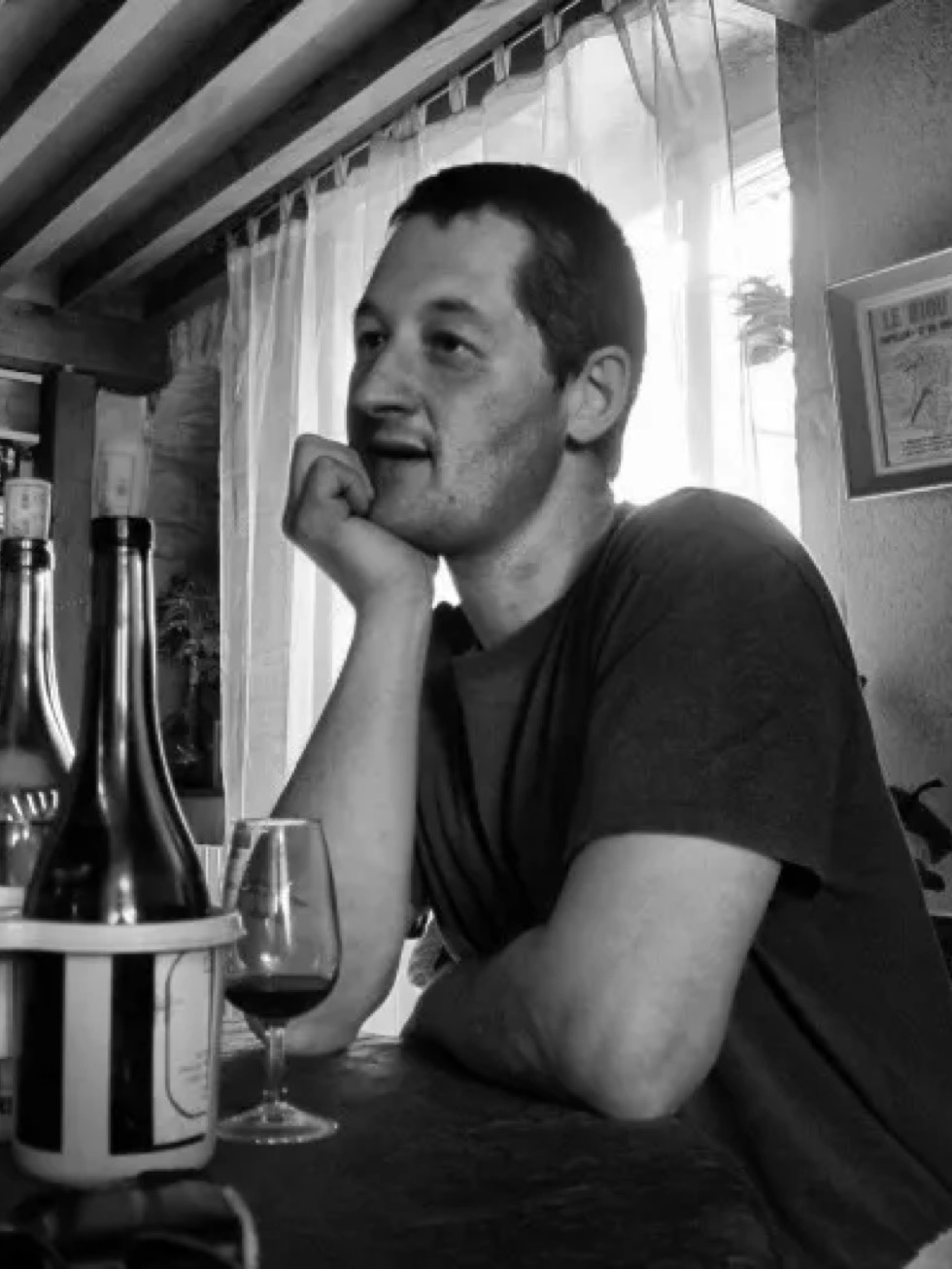
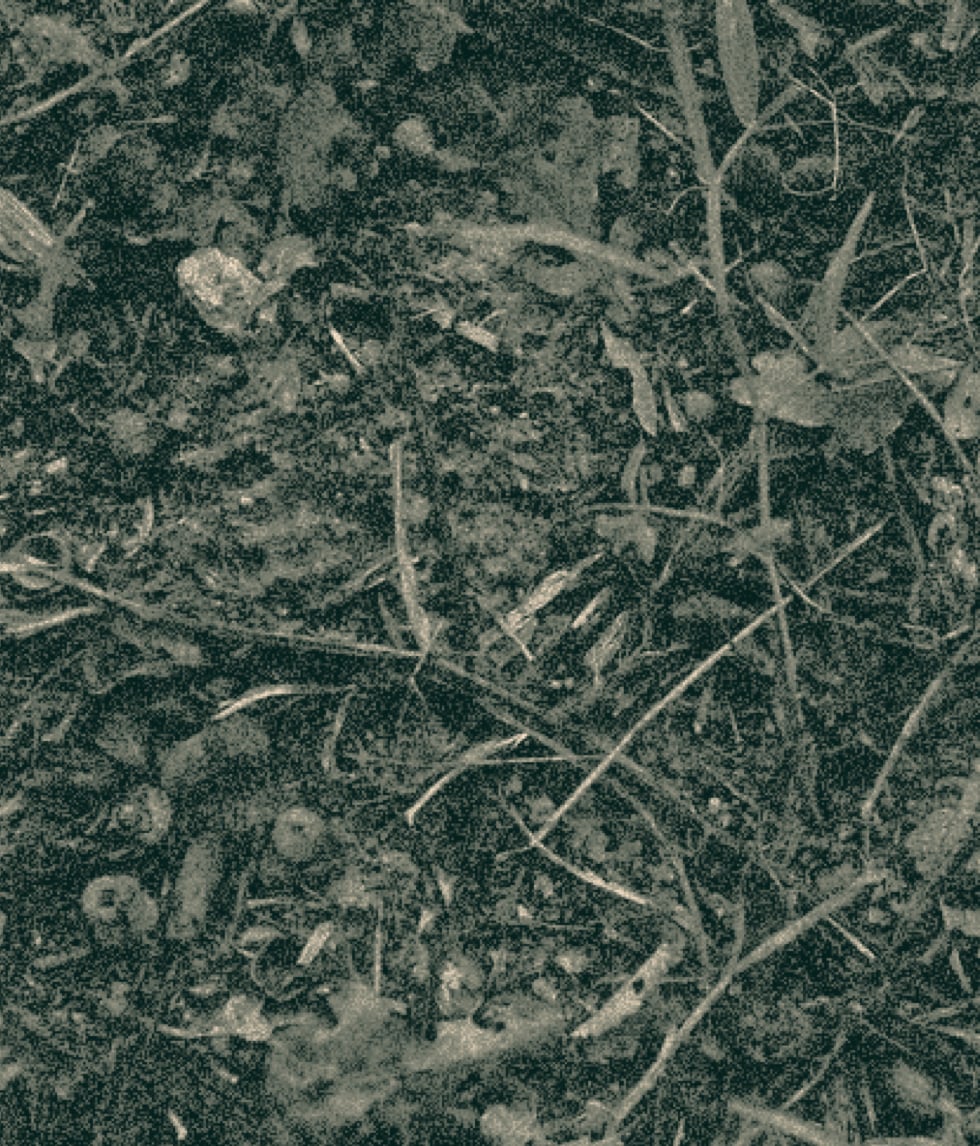
All farming aspects are handled organically and that has been the case since the establishment of the domaine many decades ago.
Farming
Certified organic since 1999 by Ecocert
Treatments
Copper-sulfate only
Ploughing
Annual ploughing to promote soil health
Soils
Blue, red, and white limestone-clay marls
Vines
Trained in Guyot and planted at 6,000 vines/ha, vines average 35 years old.
Yields
Controlled through pruning and debudding
Harvest
Entirely manual, usually mid-September to early October
PURCHASING
Entirely estate fruit
Fermentation
Red wines see total destemming and all wines ferment spontaneously in neutral oak foudres.
Extraction
Red wines see punchdowns during cuvaison, with some pumpovers if necessary.
Chaptalization
Chaptalization when necessary
Pressing
Pneumatic pressing for red wines, whole-cluster, direct pneumatic pressing for white wines
Malolactic Fermentation
Spontaneous, in foudre following alcoholic fermentation
Élevage
Wines age in a combination of neutral pièces, demi muids, and foudres for 2-10 years.
LEeS
Wines are racked only once, following malolactic, and remain on their fine lees until assemblage prior to bottling.
FINING & FILTRATION
Wines are unfined and see plate filtration only if necessary
SULFUR
Applied at harvest if necessary and at bottling, with c. 30 mg/l total sulfur
